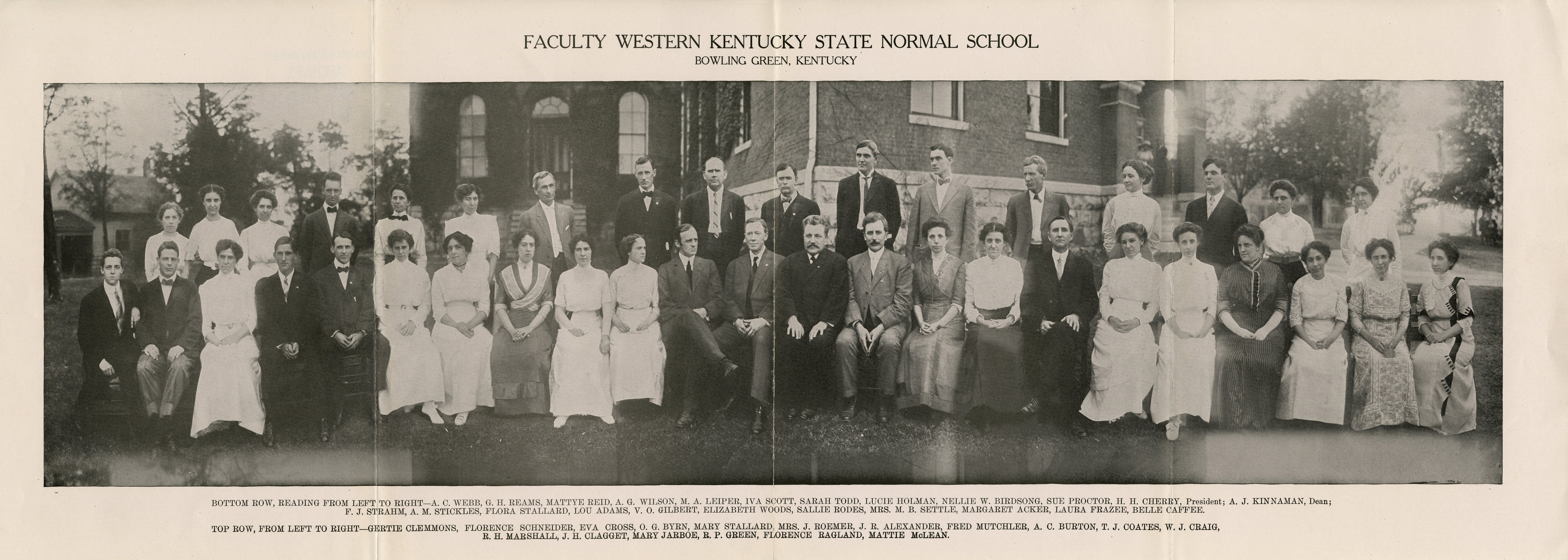Abstract
This essay contextualizes the Synoptic Gospels in terms of ancient writing materials and processes. Greco-Roman writers predominantly used waxed tablets and bookrolls, although codices emerged in the first century CE. Authors could recall texts from memory, but writers could also maintain visual contact when studying, collating, copying, quoting, or paraphrasing sources. Previous scholarship has highlighted the difficulties of interweaving multiple sources and rearranging their sayings and narratives. However, neither operation was unprecedented or overly complicated, as evinced by Septuagint recensions, Josephus’s Antiquities, and Tatian’s Diatessaron. Some writing processes were more complicated than others, but ancient authors did not always work as simply as possible. Every proposed solution to the Synoptic Problem proves feasible according to ancient compositional practices.
Disciplines
Arts and Humanities | Biblical Studies | Religion
Recommended Citation
Barker, James W., "Use of Sources in Ancient Compositions" (2023). Faculty/Staff Personal Papers. Paper 253.
https://digitalcommons.wku.edu/fac_staff_papers/253


Comments
James W Barker. "Use of Sources in Ancient Compositions" The Oxford Handbook of the Synoptic Gospels (2023) p. 44 - 62.